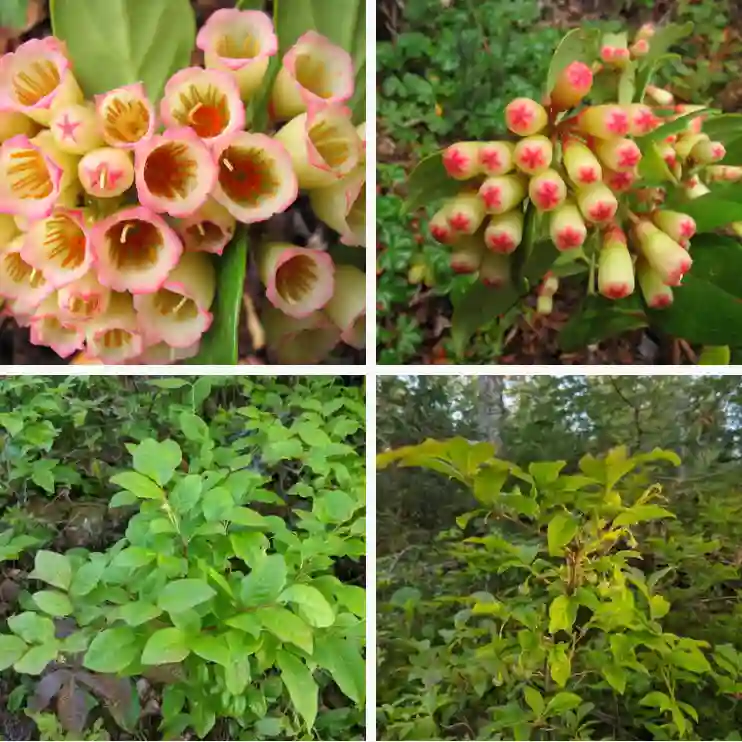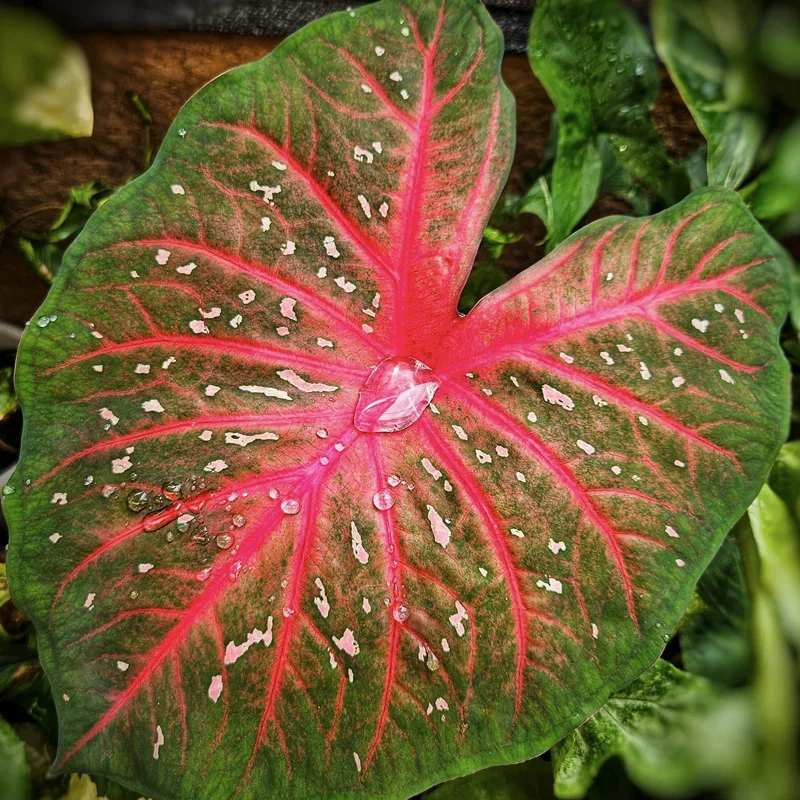
When to prune spirea?
I learned the hard way about spirea pruning! Last year I whacked back a whole spirea bush in early spring, thinking I was giving it a fresh start. Big mistake. It turned out that bush was a spring bloomer, and it barely had any flowers at all. This year, I’m waiting until after the flowers fade on all my spireas. That way, I know I’m not accidentally cutting off next year’s blooms. It might mean a little less shaping this season, but I’d rather have a full show of flowers!
Is spirea deer resistant?
Absolutely! I can’t recommend spirea enough for areas with deer problems. I’ve had mine planted for a few years now, and they’ve never been bothered by deer. They seem to much prefer munching on my poor hostas – those things get ravaged every year! The spirea, on the other hand, thrives and puts out a gorgeous display of flowers every spring. It’s a win-win – beautiful flowers for me, and an unappetizing buffet for the deer!
How to care for spirea?
My spirea bushes are some of the easiest things I have in my garden. They’re real troopers! The key things I’ve learned are sun and water. I try to plant them where they’ll get at least a good half day of sunshine, and during hot summers I keep an eye on them to make sure they’re not drying out. A deep soak every week or so during dry spells seems to keep them happy. Other than that, I throw in a little controlled-release fertilizer in early spring, and maybe do some light pruning after they flower. They’ve rewarded me with years of beautiful blooms with minimal fuss!
When does spirea bloom?
That actually depends on the kind of spirea I have! There seems to be a bit of a surprise element with these shrubs. Some of mine are already covered in gorgeous flowers by late spring, while others wait until summer to show off. I’ve learned the hard way that it’s best to identify the specific type of spirea so I can time the pruning right. Spring bloomers need their post-flower trim, while summer bloomers can wait a bit longer. No matter when they flower though, they all put on a fantastic show!
Is spirea evergreen?
Nope, my spireas definitely aren’t evergreen. They’re a fantastic addition to the garden for most of the year, but come winter they lose their leaves and go dormant. It can look a bit bare in the colder months, but honestly, I kind of like the stark branches against the winter snow. Plus, it gives the whole garden a bit of a rest before the spring rush! And let me tell you, come spring those bare branches transform into a glorious explosion of flowers. Totally worth the wait!
Do spirea need full sun?
While my spirea love the sunshine, I wouldn’t say they absolutely need full sun all day. They definitely thrive and flower best with at least 6 hours of direct sunlight, but they can tolerate some shade, especially in hotter climates. In fact, I have one spirea planted near the side of my house that only gets morning sun, and it still manages to put out a decent show of blooms. It might not be as covered in flowers as the ones in full sun, but it still adds a lovely pop of color to that shady corner. So, I guess it depends on what you’re looking for. Full sun for the most dramatic blooms, or some shade if your yard doesn’t have a lot of open space. Either way, they’re a pretty forgiving shrub!
Is spirea toxic to dogs?
I can rest easy knowing my spirea bushes are safe for my furry friend! I did a lot of research before planting them because, well, you never can be too careful with curious pups around. Thankfully, I learned that spirea is considered non-toxic to dogs. That means all parts of the shrub, from the leaves to the flowers, are safe if my dog decides to take a nibble. Of course, I wouldn’t want him to gorge himself on any plant matter, but it’s a relief knowing the spirea won’t cause any harm if he brushes against it or decides to take a closer sniff. It’s one less thing to worry about in the garden!
How long do spirea bushes live?
My own experience with spirea bushes isn’t quite long enough to tell you exactly how long they live. That said, from what I’ve read and heard from other gardeners, it seems like with good care, spirea can thrive for a good 20 years or so! That’s a pretty impressive lifespan for a shrub that requires minimal fuss. As long as I give them some sun, water during dry spells, and maybe some fertilizer and light pruning, they seem happy to reward me with years of beautiful blooms. Here’s to hoping mine stay healthy and keep flowering for many years to come!
Is spirea invasive?
That’s a good question, and one I actually had to dig into a bit after planting my own spirea. It turns out there can be a bit of a dark side to this lovely shrub – especially the Spiraea japonica variety, also known as Japanese spirea. While it’s widely available and easy to care for, it can be invasive in some regions. It grows fast and spreads easily, crowding out native plants. Since I don’t want to be unfriendly to the local ecosystem, I did some research to identify the specific kind of spirea I have. Luckily, there are many beautiful non-invasive varieties out there. So, if you’re thinking about planting spirea, just be sure to check and see if the type you choose is considered invasive in your area. There are plenty of gorgeous options that won’t disrupt the natural environment!
If i die, water my plants!



